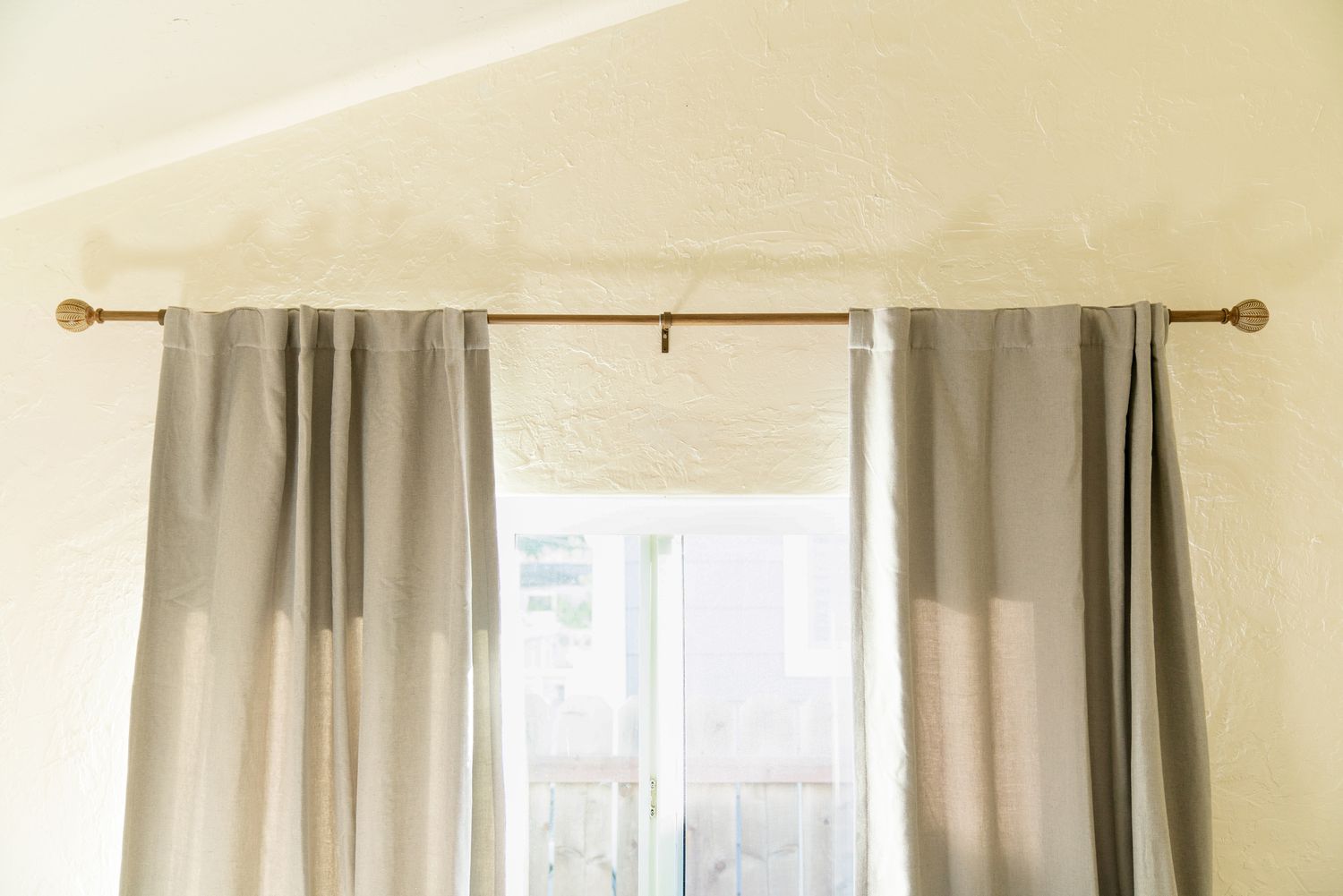

Articles
How High Should You Hang Curtains
Modified: February 24, 2024
Discover the perfect height to hang your curtains with our informative articles. Get expert advice and transform your space today.
(Many of the links in this article redirect to a specific reviewed product. Your purchase of these products through affiliate links helps to generate commission for Storables.com, at no extra cost. Learn more)
Introduction
When it comes to hanging curtains, many people may not realize the importance of getting it right. The height at which you hang your curtains can greatly impact the overall aesthetic of a room, as well as the functionality of the curtains themselves. Whether you’re aiming for a cozy and intimate ambiance or want to make a bold design statement, understanding how high to hang your curtains is crucial.
In this article, we will discuss various factors to consider when determining the optimal height for hanging curtains. We will explore different scenarios, such as window type, room type, and ceiling height, to provide you with comprehensive guidelines for achieving the desired look and functionality.
By following these recommendations, you can ensure that your curtains not only enhance the overall decor of a room but also serve their intended purpose of providing privacy, blocking light, and insulating against heat or cold.
So, let’s dive into the factors to consider when it comes to hanging curtains.
Key Takeaways:
- Achieving the perfect curtain hanging height involves considering window type, room purpose, and ceiling height. Experiment with different lengths and styles to create a visually appealing and functional window treatment.
- Tailoring curtain length and height to room type and window features can elevate the overall aesthetic and functionality of your space. Whether it’s floor-length elegance or casual practicality, customization is key.
Read more: How High To Hang A Shower Curtain Rod
Factors to Consider
Before you start hanging your curtains, there are a few important factors that you should consider. These factors will help you determine the optimal height for hanging your curtains, ensuring that they not only look great but also function effectively.
1. Window Type: The type of window you have plays a significant role in determining the height at which you should hang your curtains. If you have standard, rectangular windows, you can follow the general guidelines. However, if you have bay windows, arched windows, or windows with unique architectural features, you may need to adjust the curtain height accordingly.
2. Room Type: The purpose of the room also influences the curtain hanging height. For example, in a bedroom, you may want to hang the curtains higher to create an illusion of a larger space and allow more natural light in. In a living room or dining room, hanging the curtains closer to the floor can create a more formal and elegant look.
3. Ceiling Height: The height of your room’s ceiling is an important consideration when determining the curtain hanging height. If you have high ceilings, you can hang the curtains higher to emphasize the height and create a sense of grandeur. On the other hand, if you have low ceilings, hanging the curtains closer to the window can create the illusion of added height.
4. Style and Fabric: The style and fabric of the curtains can also impact the hanging height. For example, if you have floor-length curtains made of heavy fabric, you may need to hang them slightly above the floor to prevent them from dragging. On the other hand, if you have sheer curtains or curtains with a pattern at the bottom, hanging them slightly lower can showcase the design and add visual interest.
Considering these factors will help you make an informed decision about the height at which you should hang your curtains. Next, let’s explore some specific recommendations for different curtain hanging scenarios.
Height above the Window
One of the key considerations when hanging curtains is the height above the window. While there is no hard and fast rule, there are some general guidelines that can help you determine the optimal height.
1. Standard Recommendation: A common recommendation is to hang the curtain rod about 6 inches above the window frame. This allows enough space for the curtains to hang freely without blocking the natural light coming through the window.
2. Creating Illusion of Height: If you have low ceilings or want to create the illusion of height, you can hang the curtains closer to the ceiling. By doing so, you draw the eyes upward, making the room appear taller. It’s generally advised to hang curtains about 4-6 inches below the ceiling in such cases.
3. Emphasizing the Window: On the other hand, if you have a beautiful window that you want to showcase, you can hang the curtains slightly lower than the ceiling. This allows the window to be the focal point, and the curtain panels frame it perfectly. In this case, hanging the curtains just above the window frame or even at the top of the frame can work well.
4. Consider the Curtain Length: Take into account the desired length of the curtains when determining the height above the window. If you want floor-length curtains, you may need to hang the rod higher to accommodate the extra length. Keep in mind that if you opt for sill-length or shorter curtains, you may be able to hang the rod closer to the window frame.
Ultimately, the height at which you hang your curtains above the window will depend on your personal preferences, the style of the room, and the overall look you want to achieve. Experimenting with different heights can help you find the perfect balance and create a visually appealing window treatment.
Floor Length or Sill Length
Another important factor to consider when hanging curtains is the desired length of the curtains. Should they be floor-length or hang at sill length? Let’s explore the considerations for each option.
Floor Length Curtains:
1. Elegant and Formal: Floor-length curtains create an elegant and formal look, perfect for rooms like the living room or dining room. The fabric cascading down to the floor adds a touch of luxury and sophistication to the space.
2. Visual Illusion: Floor-length curtains can also create the illusion of taller ceilings, especially when hung closer to the ceiling. They draw the eyes upward and make the room appear more spacious.
3. Insulation and Light Control: Longer curtains can help provide better insulation and light control, as they cover more of the window. This is beneficial in bedrooms or rooms where you want extra privacy or need to control the amount of natural light entering the space.
Sill Length Curtains:
1. Informal and Casual: Sill length curtains have a more informal and casual vibe, suitable for rooms like the kitchen or a home office. They provide a clean and neat appearance without overwhelming the space.
2. Showcasing Windows: Sill length curtains allow you to showcase the architectural features of the windows, such as trims or moldings. They frame the windows and draw attention to them, adding a charming touch to the room.
3. Practicality: Sill length curtains are easier to maintain and clean as they do not touch the floor. They are less likely to collect dust or get damaged by foot traffic.
Ultimately, the choice between floor-length and sill-length curtains depends on your personal preference, the style of the room, and the functional requirements you have. Consider the overall aesthetic you want to achieve and whether you prioritize formality or practicality. Keep in mind that you can always play around with the curtain length to find the perfect balance for your space.
High Ceiling Considerations
If you have the luxury of high ceilings in your space, it opens up a world of possibilities when it comes to hanging curtains. High ceilings allow for more flexibility and can create a dramatic impact in your room. Here are some considerations to keep in mind when hanging curtains in rooms with high ceilings:
1. Emphasize the Height: High ceilings are a fantastic feature, and you can use curtains to emphasize this height even further. Hang your curtains closer to the ceiling, leaving a gap of a few inches. This draws the eye upwards and makes the room appear more spacious and grand. It’s recommended to hang the rod around 6-12 inches below the ceiling, depending on the overall height of the room.
2. Use Long Curtains: Take advantage of the vertical space by using floor-length curtains. Long curtains that sweep the floor can create a sense of luxury and elegance, especially in rooms like the living room or dining room. Ensure that the curtains are long enough to reach the floor without dragging, as this can create an untidy appearance.
3. Add Fullness: High ceilings also allow you to play with the fullness of the curtains. Opt for wider curtain panels to create a luxurious and extravagant look. The added fabric will create beautiful folds and give the curtains a more voluminous appearance, enhancing the overall visual impact.
4. Consider Statement Fabrics: With high ceilings, you have the opportunity to make a bold statement with your curtain fabric. Opt for luxurious fabrics, vibrant colors, or eye-catching patterns to add drama and personality to the room. Just ensure that the curtain fabric complements the overall style and decor of the space.
5. Consider Motorized Options: High ceilings can make it challenging to open and close curtains manually. Consider motorized curtain systems that allow you to easily operate the curtains, providing convenience and functionality in your space.
By considering these factors, you can make the most of your high ceilings and create a stunning visual impact with your curtains. Experiment with different heights, lengths, and fabrics to find the perfect combination that enhances the grandeur of your space.
When hanging curtains, aim to position the rod about 4-6 inches above the window frame to create the illusion of a taller ceiling and a more spacious room.
Standard Curtain Hanging Height
While the height at which you should hang your curtains can vary based on personal preference and the specific factors of your space, there are some general guidelines that define the standard curtain hanging height. These guidelines can serve as a starting point when determining the optimal height for your curtains. Here are the standard recommendations:
1. Above the Window Frame: As a general rule, it is recommended to hang the curtain rod at least 4-6 inches above the window frame. This helps create the illusion of height and allows for proper clearance when opening and closing the curtains.
2. Below the Ceiling: The height of the ceiling plays a role in determining the curtain hanging height. In most cases, it is advised to hang the curtains no closer than 4-6 inches below the ceiling. This allows the curtains to hang freely and prevents them from blending in with the ceiling.
3. Touching the Floor: For a classic and elegant look, floor-length curtains are preferred. These curtains should ideally touch the floor or have a slight break, meaning they should rest gently on the floor without dragging or bunching up. To achieve this, measure the length from the curtain rod to the floor and ensure the curtains reach that length.
4. Just Above the Sill: If you prefer a more casual or functional look, consider hanging curtains that reach just above the window sill. This is especially suitable for rooms like the kitchen or bathroom, where full-length curtains may not be practical. In this case, measure the distance from the curtain rod to the sill and adjust the curtain length accordingly.
It’s important to note that these standard recommendations may need to be adjusted based on the specific factors of your room, such as window type, room type, and ceiling height. Additionally, the style and fabric of the curtains can also influence the hanging height. Experimentation and personalization are key to finding the perfect balance and achieving the desired look for your space.
Remember, the ultimate goal is to create a harmonious and visually pleasing window treatment that complements the overall decor of the room. Taking into account the standard curtain hanging height can serve as a helpful starting point in achieving this.
Hanging Curtains for Different Window Types
When it comes to hanging curtains, it’s important to consider the specific type of window you have. Different window types have varying architectural features and require different curtain hanging techniques. Let’s explore some popular window types and the best practices for hanging curtains for each:
1. Standard Rectangular Windows: For standard rectangular windows, the general guidelines for curtain hanging height mentioned earlier can be applied. Hang the curtain rod at least 4-6 inches above the window frame and extend the curtains to either touch the floor or rest just above the window sill, depending on your preference.
2. Bay Windows: Bay windows are a beautiful architectural feature that adds depth and character to a room. When hanging curtains for bay windows, consider using separate curtain rods for each window panel. This allows you to customize the curtain length for each panel. You can hang the curtains from ceiling to floor or follow the same guidelines as standard windows for a cohesive look.
3. Arched or Curved Windows: Arched or curved windows require specialized curtain hanging techniques to accentuate their unique shape. You can install curved curtain rods that follow the curve of the window, allowing the curtains to hang naturally without obstructing the view. Alternatively, you can hang curtains on straight rods, but leave the arch exposed to highlight the architectural beauty of the window.
4. French Doors: French doors typically feature glass panels that require careful consideration when hanging curtains. One option is to install a curtain rod above the doors and hang curtains that can be drawn open or closed. Another option is to use tension rods or curtain panels attached to the door frame. This allows you to cover the glass panels for privacy when desired while maintaining the functionality of the doors.
5. Skylights: Skylights bring natural light into a space and require specialized curtain options. Consider using motorized shades or blinds specifically designed for skylights. These can be easily opened or closed with the help of remote controls or even automated timers.
Each window type brings its own unique charm and challenges when it comes to hanging curtains. By considering the specific features of your windows, you can select the most suitable curtain hanging techniques to enhance the aesthetics and functionality of your space.
Hanging Curtains for Different Room Types
When it comes to hanging curtains, different room types have varying purposes and design considerations. The style and functionality of the curtains can vary depending on the room. Let’s explore some common room types and the best practices for hanging curtains in each:
1. Bedrooms: Bedrooms are spaces where privacy, relaxation, and light control are often prioritized. To create a cozy and serene ambiance, consider hanging curtains that are floor-length or slightly longer to create a luxurious look. Make sure the curtains can be easily drawn closed to provide privacy when needed. For better light control, choose blackout or light-filtering curtains that can block out or soften natural light.
2. Living Rooms: Living rooms are the focal point of many homes and often showcase personal style and design preferences. Floor-length curtains can add an elegant and formal touch to the space. Hang the curtains slightly above the floor or just graze it for a polished look. If you have large windows or high ceilings, consider using wider curtain panels for added fullness and impact. Sheer curtains can be used to allow diffused light into the room while maintaining some level of privacy.
3. Dining Rooms: Dining rooms call for curtains that create an intimate and refined atmosphere. Opt for floor-length curtains to add a touch of elegance. You can also consider installing sheer curtains underneath heavier drapes to provide greater versatility and light control during meals. If your dining room has French doors or large windows, coordinate the curtain style and color with the rest of the room’s decor to create a cohesive look.
4. Kitchens: Kitchens require curtains that are both practical and stylish. Sill-length curtains are often a good choice, as they allow for easy access to the windows and countertops. Look for curtains made of easy-to-clean fabrics that can withstand moisture and heat, as the kitchen is a high-traffic area. Café curtains or Roman shades are popular options for adding privacy while allowing natural light to filter in.
5. Bathrooms: Bathrooms require curtains that can withstand high humidity and provide privacy. Consider using moisture-resistant curtains made of materials like polyester or vinyl. Sill-length curtains or blinds are suitable for most bathroom windows. Additionally, installing a privacy film or using frosted glass on bathroom windows can provide an alternative solution to curtains.
When selecting curtains for different room types, consider the overall style and purpose of the room. The chosen curtain style, length, and fabric should complement the room’s design, enhance its functionality, and create a cohesive look throughout your home.
Conclusion
When it comes to hanging curtains, the height at which they are hung plays a significant role in the overall aesthetic and functionality of a room. By considering various factors such as window type, room type, and ceiling height, you can determine the optimal curtain hanging height to achieve the desired look and functionality in your space.
Whether you opt for floor-length curtains for an elegant and formal ambiance or sill-length curtains for a more casual and practical feel, finding the right balance is crucial. Taking into account the style and fabric of the curtains, as well as the architectural features of your windows, will ensure that your curtains not only enhance the overall decor of the room but also serve their intended purpose.
Remember, there are no strict rules when it comes to hanging curtains, and personal preference plays a crucial role. Experimentation and customization are key to achieving the perfect curtain hanging height for your space. By following the general guidelines outlined in this article and considering the unique factors of your room, you can create a visually appealing and functional window treatment.
So go ahead and transform your rooms with beautifully hung curtains that elevate the style, create a cozy ambiance, provide privacy, and control light. Embrace the creativity and make your curtains a focal point that reflects your personal taste and enhances the overall atmosphere of your home.
Frequently Asked Questions about How High Should You Hang Curtains
Was this page helpful?
At Storables.com, we guarantee accurate and reliable information. Our content, validated by Expert Board Contributors, is crafted following stringent Editorial Policies. We're committed to providing you with well-researched, expert-backed insights for all your informational needs.
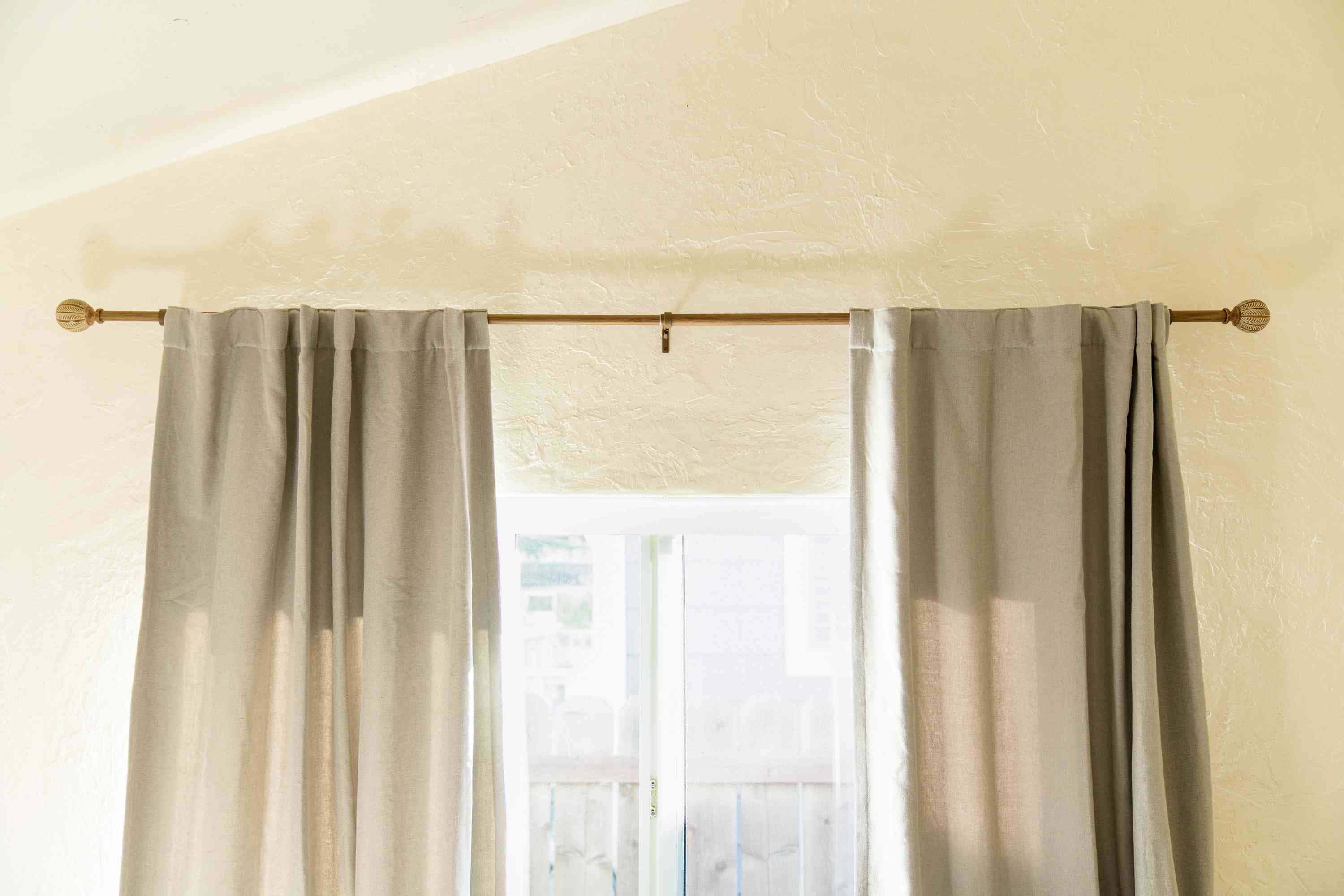



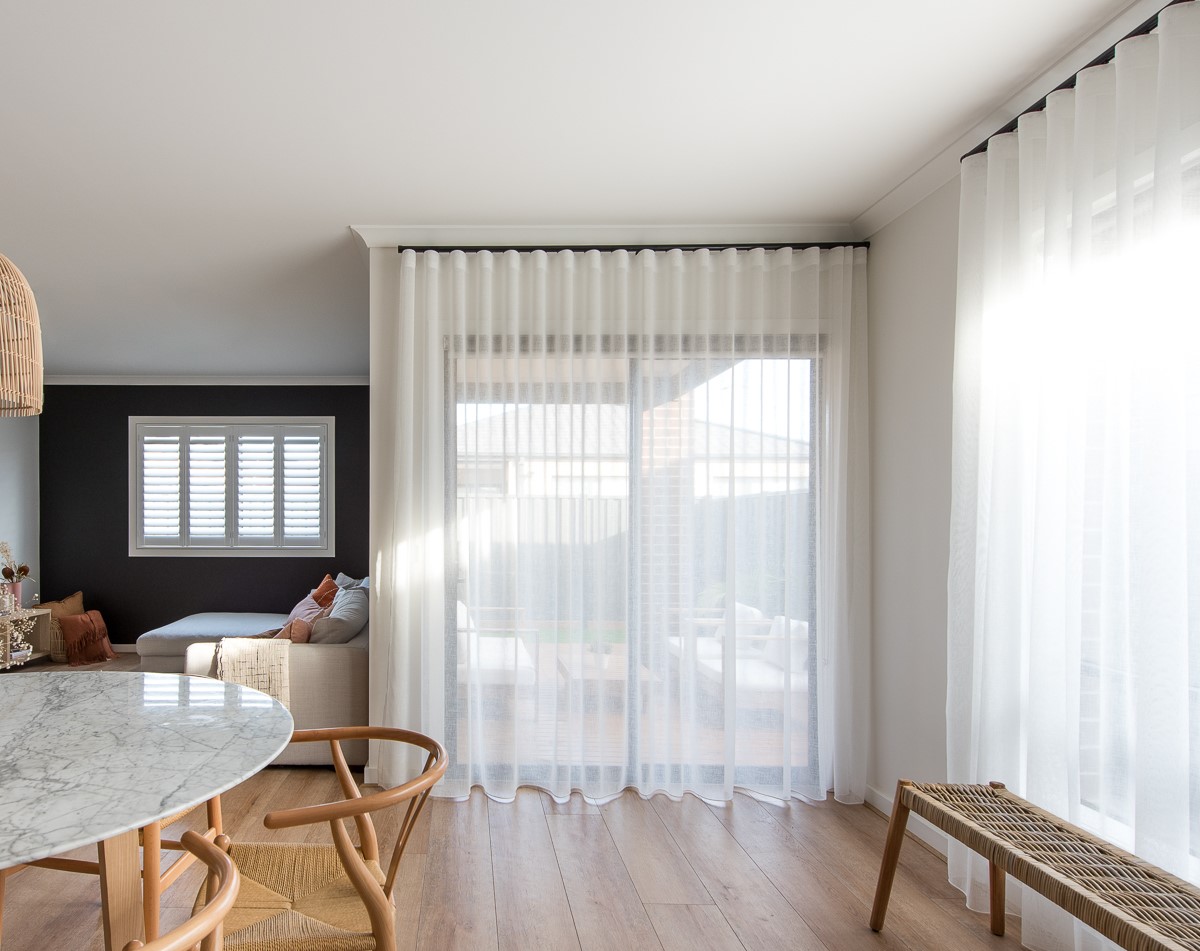
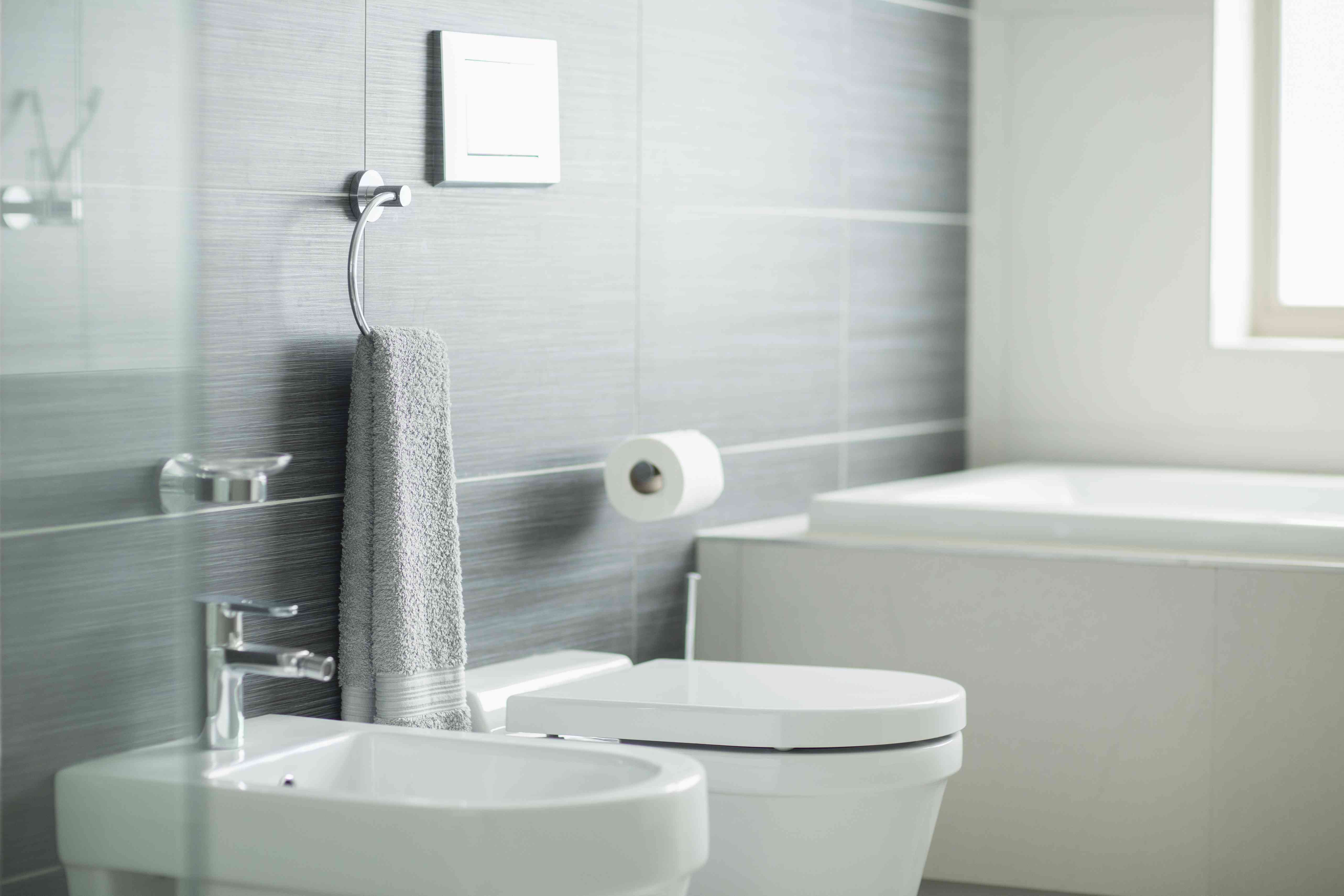
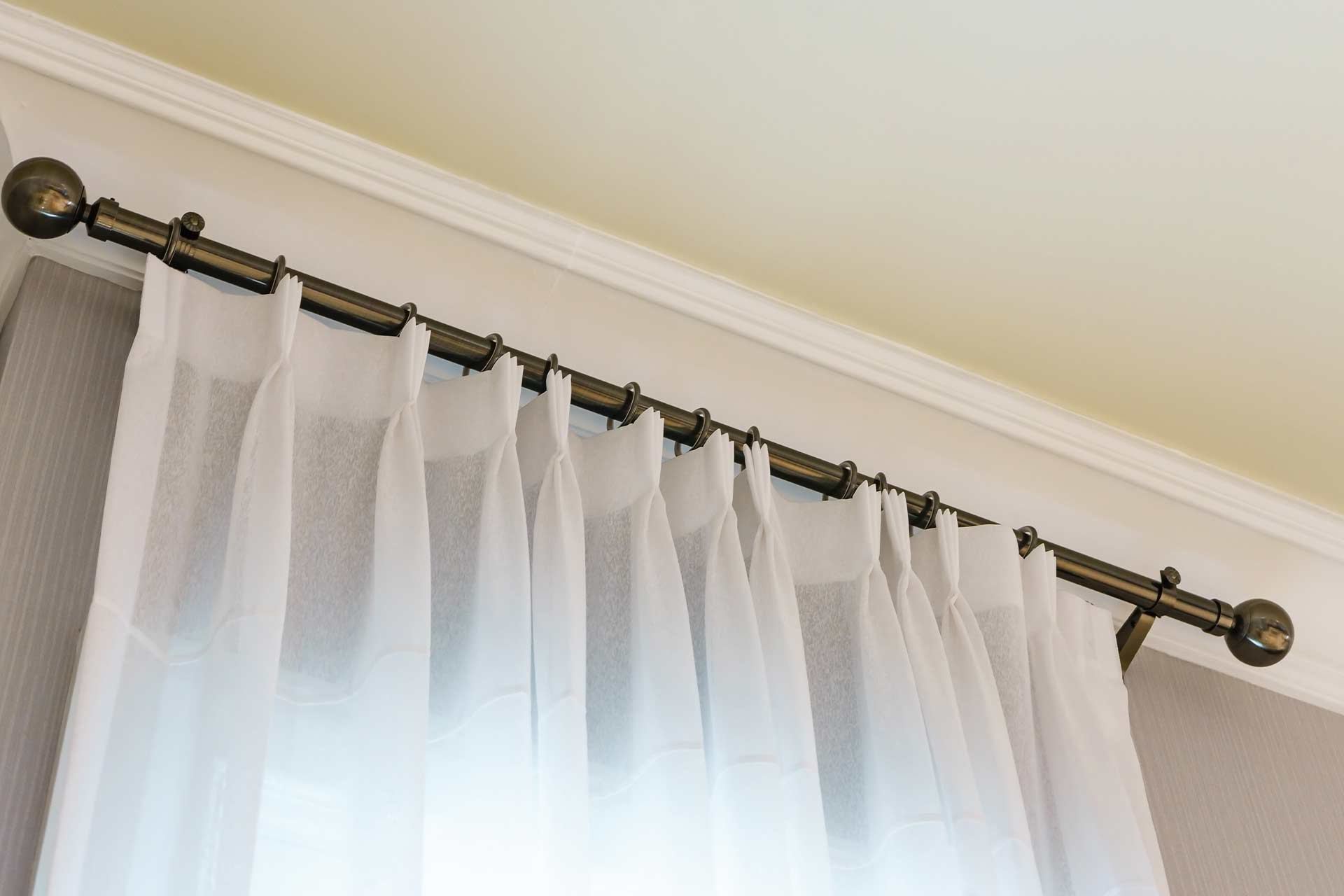




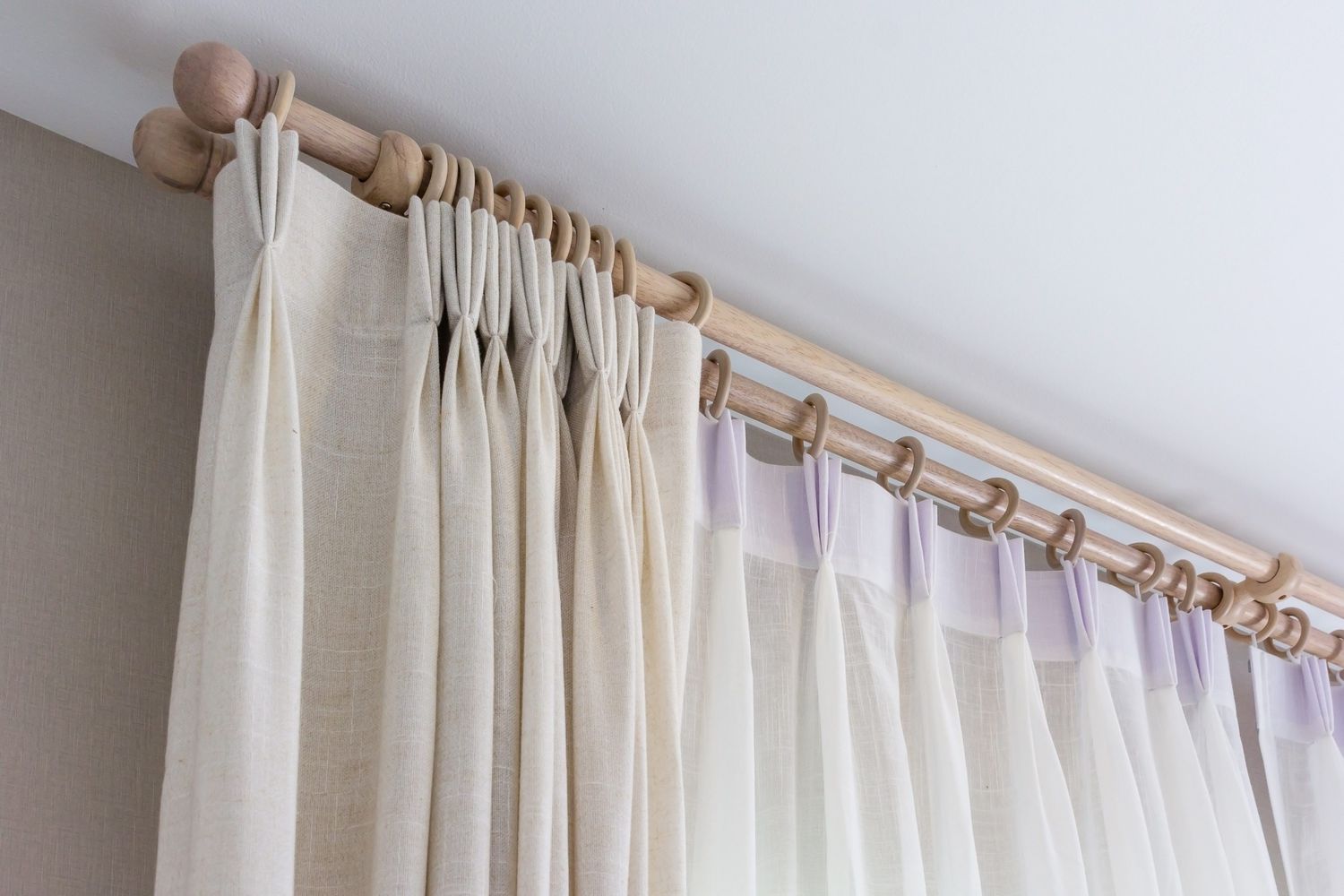

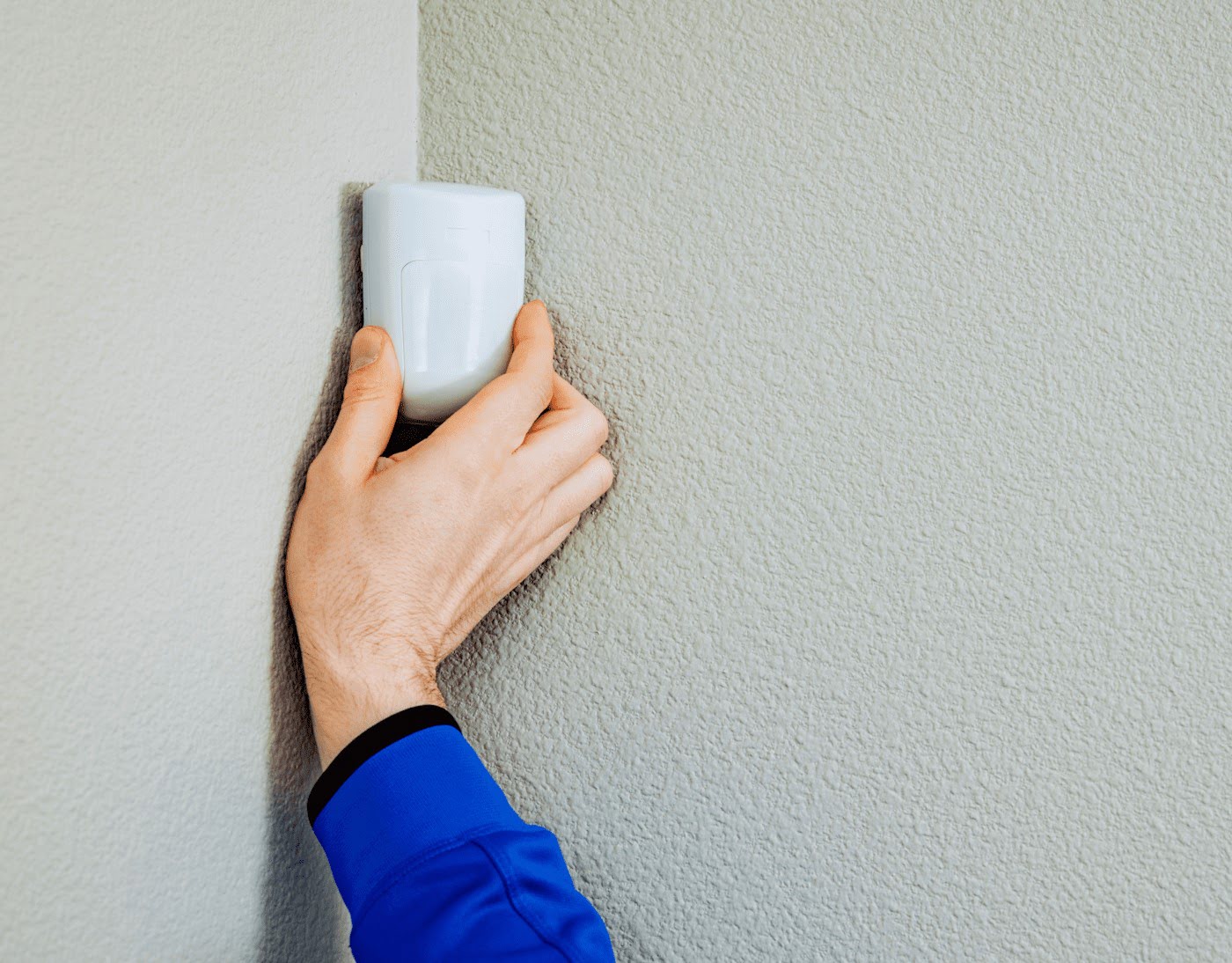

0 thoughts on “How High Should You Hang Curtains”